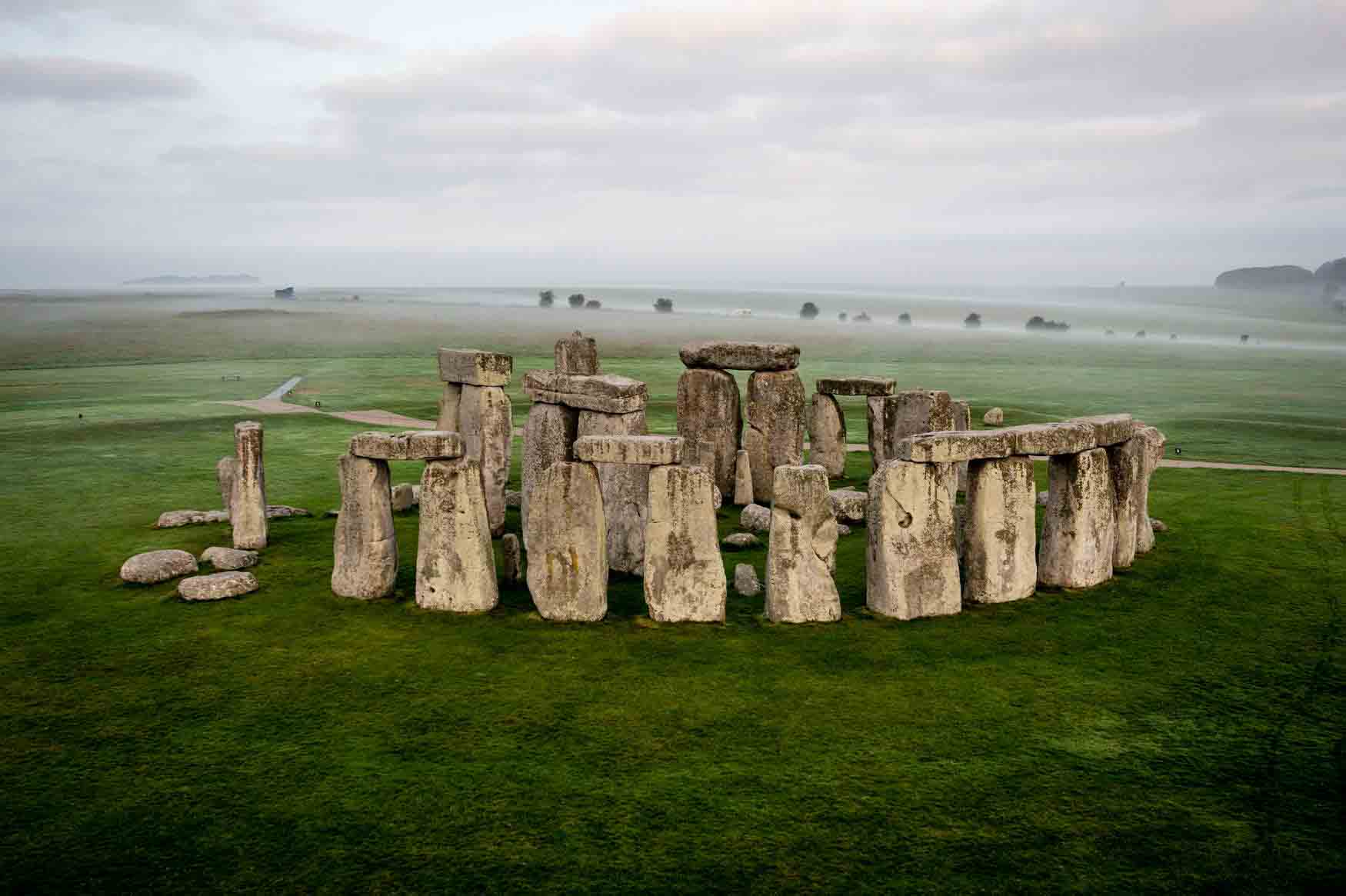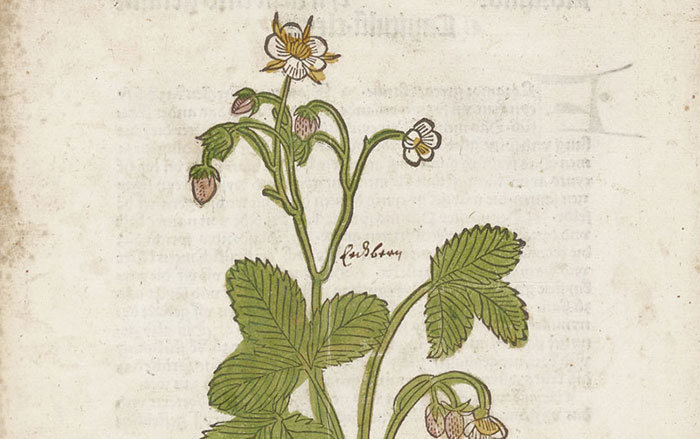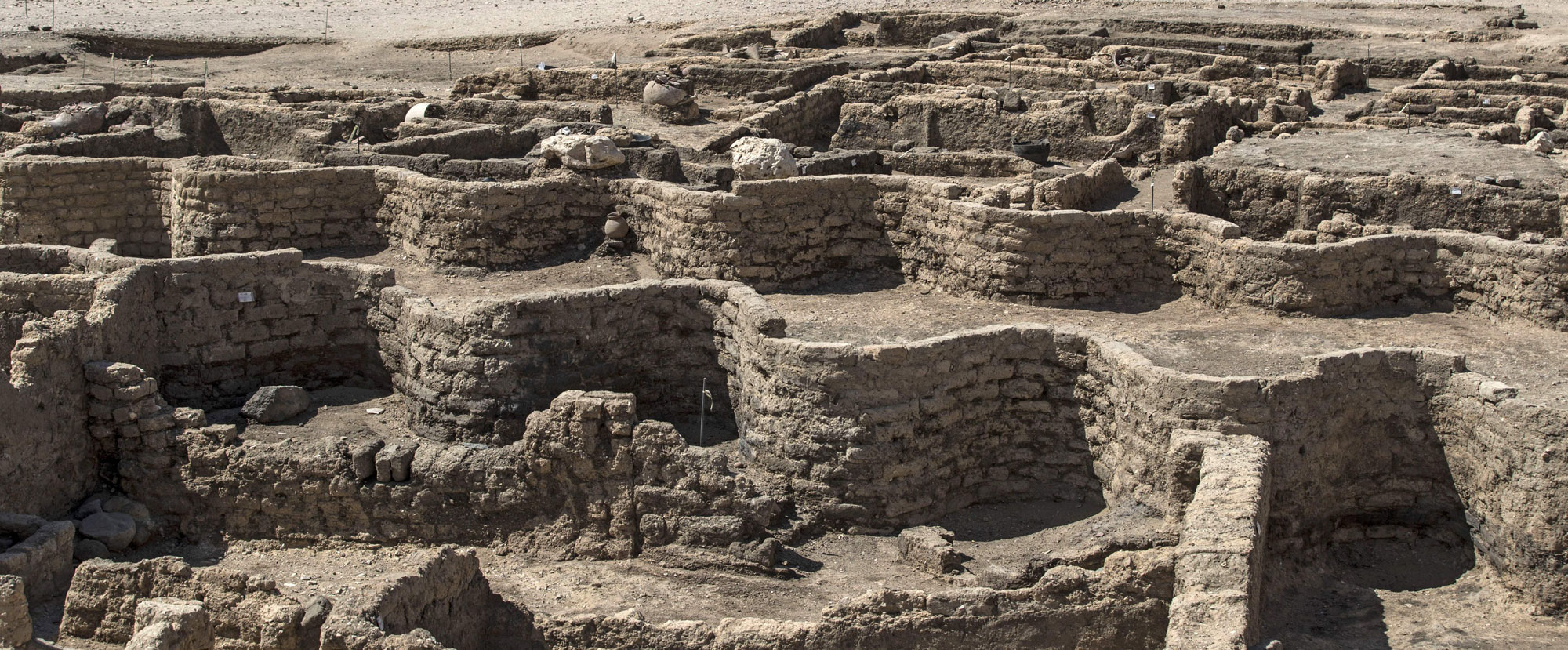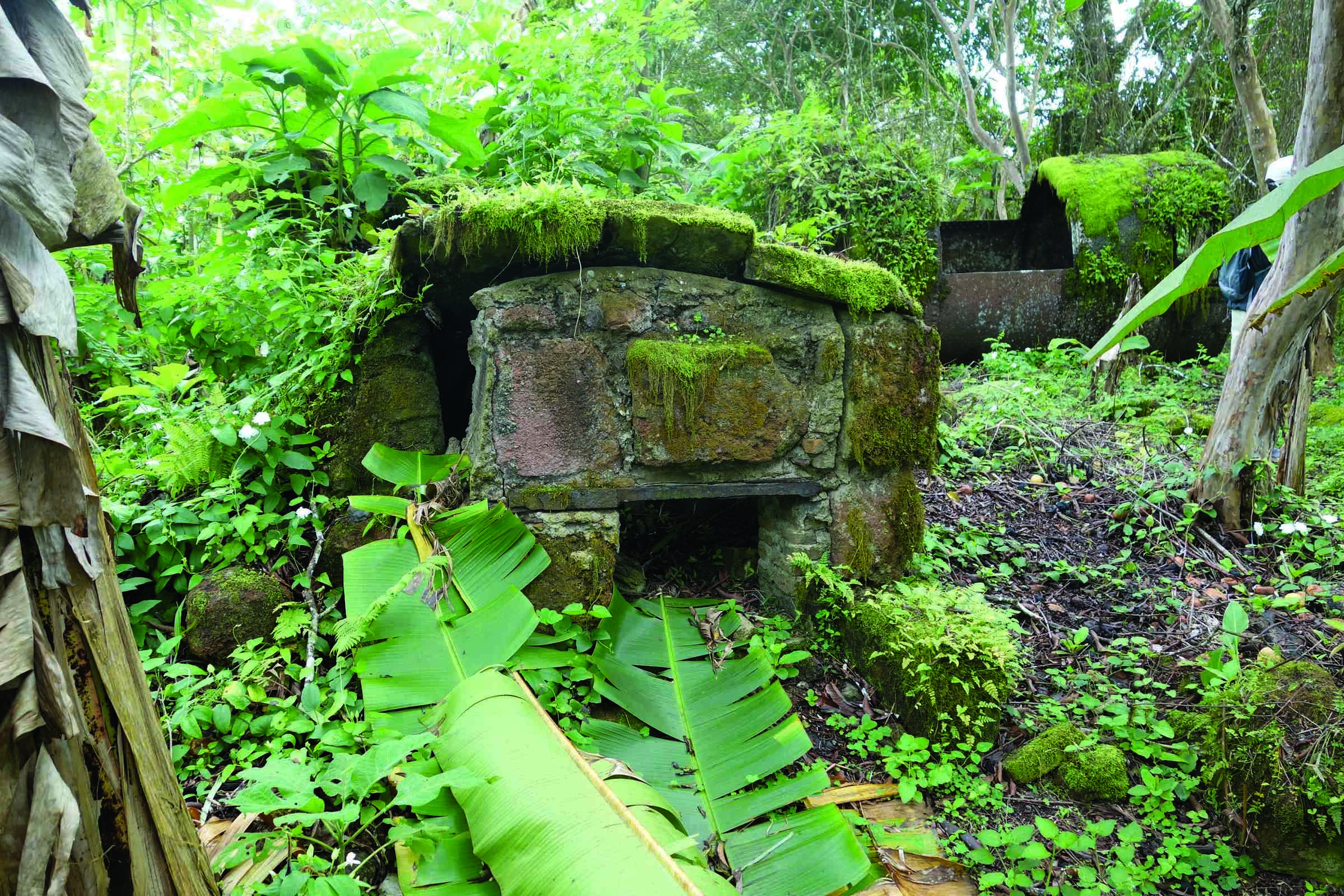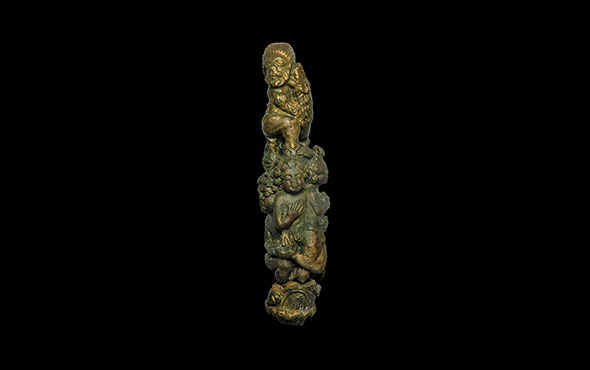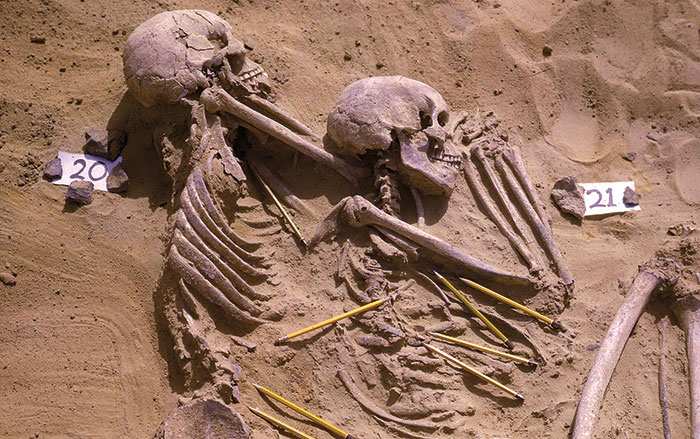
POOLE, ENGLAND—According to a Live Science report, Timothy Darvill of Bournemouth University suggests that Stonehenge may have been adapted as a 365.25-day solar calendar between roughly 2620 and 2480 B.C. The 5,000-year-old monument consisted of 30 large sarsen stones linked with 30 stone lintels. Some of these stones are now missing or are no longer standing. The 30 stones, Darvill said, represented 30 days, and over 12 months, 360 days. Ten stones placed in five groups of two inside the sarsen circle, he added, may have stood for five additional days in a year. The four so-called station stones, which are located outside the sarsen circle, may each mark off one quarter of a day, resulting in the addition of a whole day to the calendar every four years. Darvill also noted that two of the stones in the sarsen circle are thinner than the others and have a larger gap between them than the other standing stones. These stones may have been used to mark off every tenth day, creating three weeks of ten days each in a month, he explained. The alignments that occur at the winter and summer solstices may have helped people keep track and use the calendar correctly, Darvill concluded. Read the original scholarly article about this research in Antiquity. For more on recent research on Stonehenge, go to "Epic Proportions."



